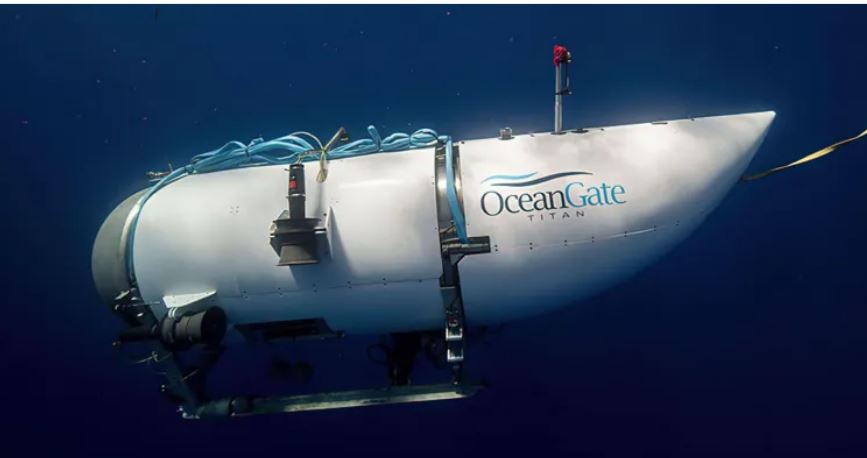The implosion of the Titan submersible that claimed five lives during a dive to the Titanic wreck in June 2023 was avoidable, a detailed report by the US Coast Guard has revealed.
The probe concluded that the tragedy stemmed from OceanGate’s deeply flawed safety practices and failure to adhere to proper engineering protocols, despite repeated warnings.
The 335-page investigative report, compiled over two years, outlines a series of operational and design failures by OceanGate, the company that owned and operated the Titan vessel.
The Coast Guard's Marine Board of Investigation found that the firm neglected essential maintenance checks and continued using the vessel after several prior incidents that had compromised its integrity.
“This marine casualty and the loss of five lives was preventable,” said Jason Neubauer, chair of the Marine Board. He added that the incident highlighted a serious need for stronger regulatory oversight and clearer pathways for evaluating experimental deep-sea technologies.
The Titan submersible vanished on 18 June 2023 while descending toward the Titanic’s remains in the Atlantic Ocean. Investigators later confirmed that the vessel suffered a catastrophic implosion about 90 minutes into the dive, caused by a sudden failure of its carbon-fiber hull.
All five people aboard, including OceanGate’s founder and pilot Stockton Rush, died instantly under immense water pressure, measured at nearly 5,000 pounds per square inch.
According to the Coast Guard, carbon fibre is an unpredictable material under extreme pressure and had never before been used in a deep-diving sub.
Despite this, OceanGate continued deploying the Titan without properly inspecting its hull after several earlier signs of weakness were flagged by its own systems.
Rob McCallum, a deep-sea expert from EYOS expeditions who had advised OceanGate between 2009 and 2016, told the BBC that the material was unsuited for repeated deep dives.
“When you listen to the sounds of that hull under stress, and the cracking and the popping, that's the sign of damage in the hull,” he said. “It is a mathematical certainty that it will fail... The tragedy is, you don't know when it's going to fail.”
Beyond technical failures, the report accuses OceanGate of deliberately avoiding oversight.
It says the company used “intimidation tactics” and regulatory loopholes to continue operating outside established safety frameworks. “By strategically creating and exploiting regulatory confusion and oversight challenges, OceanGate was ultimately able to operate Titan completely outside of the established deep-sea protocols,” the report noted.
Stockton Rush, who was piloting the Titan during its final dive, was also found to have played a direct role in the events leading up to the disaster.
The report stated that he “exhibited negligence that contributed to the deaths of four individuals” and that, had he survived, investigators would have recommended referring him for possible criminal charges.
Neubauer described OceanGate’s leadership structure as dangerously flawed. “If your CEO was also filling the role of safety officer and lead engineer at the end, it's just too many,” he said.
“It's a consolidation of power that leads to no checks and balances.”
To prevent such tragedies in the future, the Marine Board issued 14 safety recommendations, including calls for the US Coast Guard to strengthen oversight of deep-diving vessels, revoke special designations that exempt such crafts from certification standards, and assign dedicated personnel to support operations involving novel vessel designs.
OceanGate, which ceased operations after the disaster, issued a statement offering condolences to the victims’ families. The company said it had focused all its resources on cooperating with the investigation.
